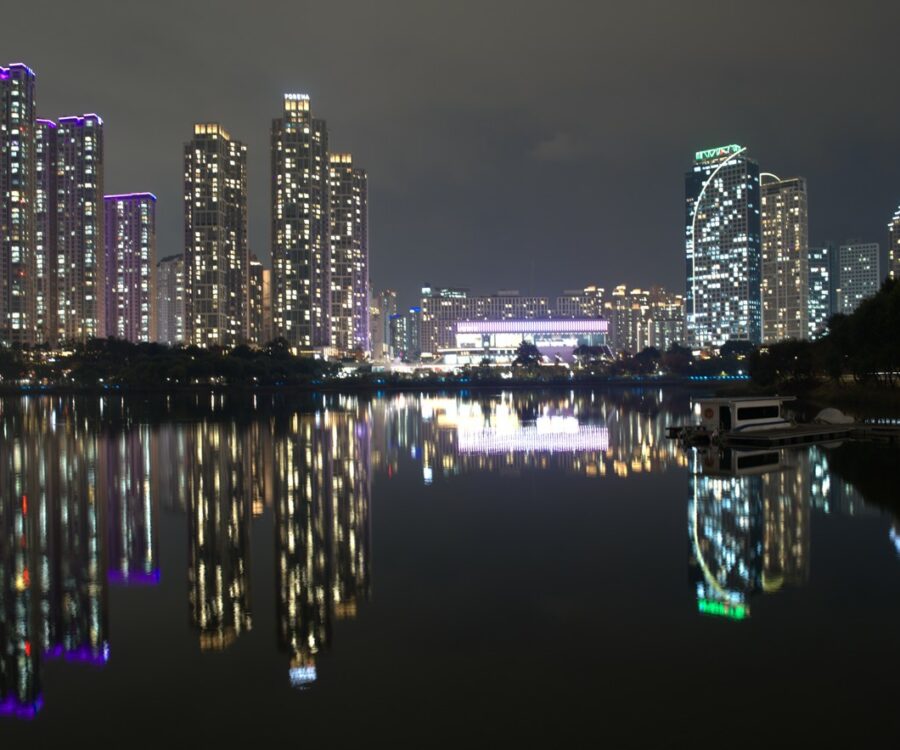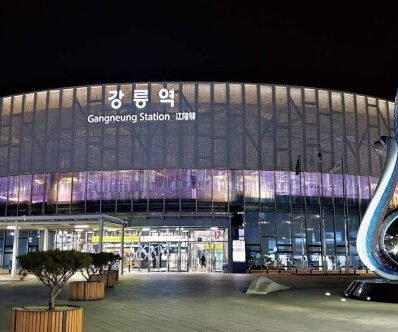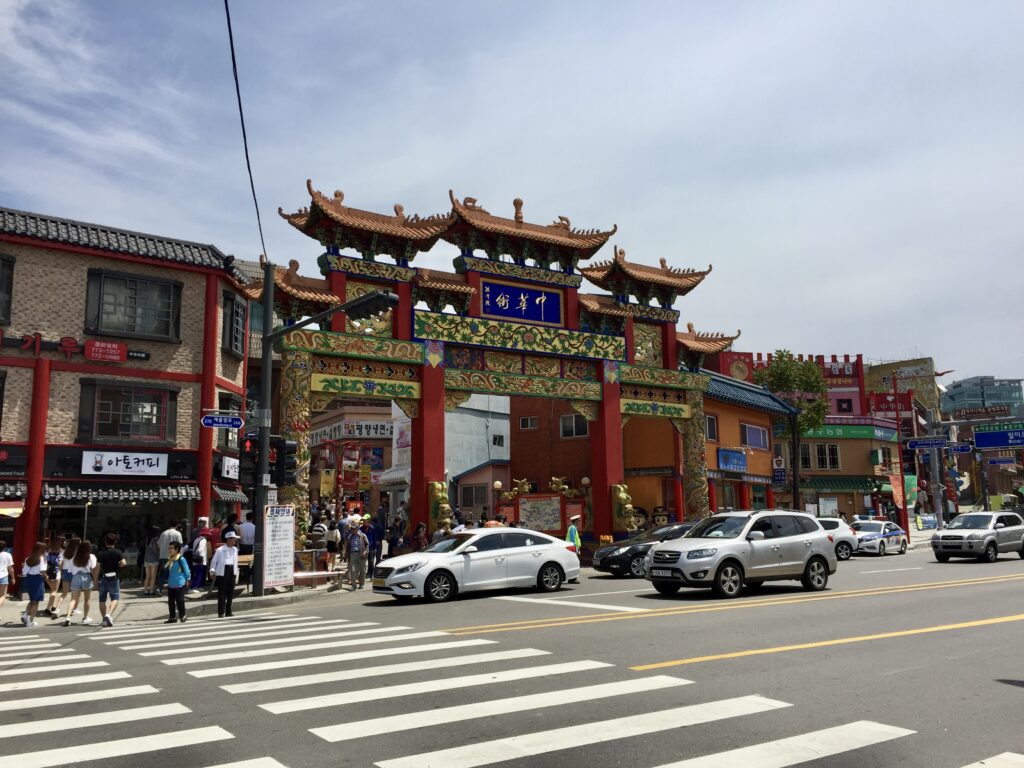
Why is Incheon becoming a hot destination?
Lately, Incheon has been standing out as a new trending travel destination for foreign travelers and Koreans. Why so?
If you are curious about Korea’s history, Incheon must be on your bucket list. The port in Incheon played a key role in welcoming foreign merchants back in the day. As a result, it has become a city where multiple cultures coexist.
Important to mention that Incheon is also easy to travel to due to its proximity to the capital city and Incheon International Airport where the majority of the international flights arrive at. In other words, say, you have a layover in South Korea, you can drop by and tour around this historically and culturally rich and fascinating city. It has become possible now since quarantine upon arrival is not mandatory anymore for the vaccinated. Click here for more information.
Top attractions in Incheon
Two of the most popular attractions Incheon is mostly renowned for are without any doubts Chinatown with its hidden treasures and Wolmido Island. The good news is that since these are situated not too far from one another, you can check them both in one day! In other words, Incheon is ideal for a day trip out of Seoul.
Let us now take you to the two most iconic spots of this dynamic city! But before we jump into the main part, make sure to check the app IncheonEasy by Incheon Tourism Organization. The app is available on App Store and Google Play and offers an array of benefits to its users: from AR/VR tours to online bookings and tour recommendations!
download from App Store
download from Google Play
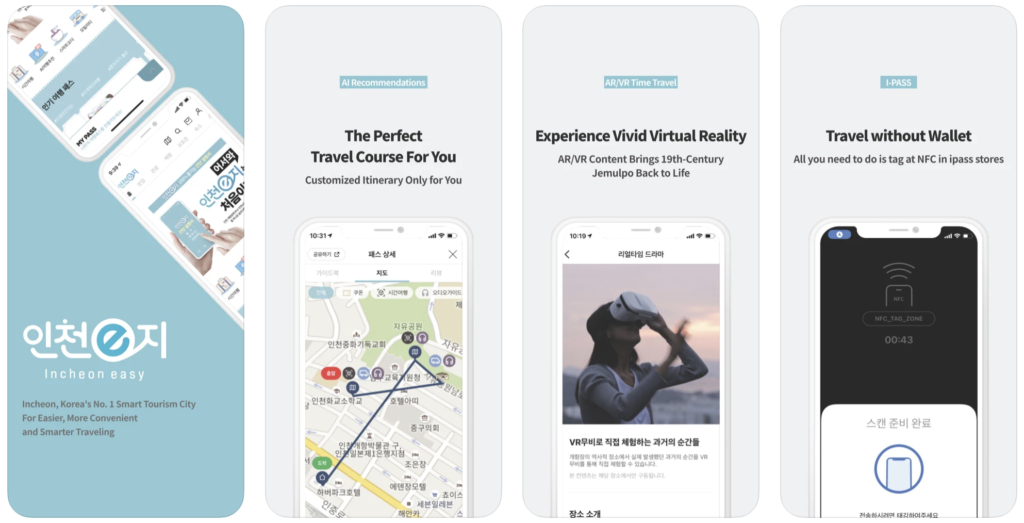
How to get there?
The easiest way to reach Chinatown and Wolmido Island is by taking Subway Line 1 (Dark Blue Line) or Bundang Line (Yellow) and getting off at Incheon Station. Take Exit 1 and once you are outside, on the opposite side you will quickly notice the big gate designed in a traditional Chinese style, the main entrance of China Town.
Address: 20, Chinatown-ro 59beon-gil, Jung-gu, Incheon
Historical Background
The establishment of Chinatown dates back to 1883 when Incheon Port first opened resulting in an influx of Chinese immigrants seeking jobs. The shops and restaurants here are owned and operated by the first settlers and their descendants, which is why the authenticity of the traditional Chinese culture has been preserved to these days.
What to see and do there?
While wandering around Chinatown you will be amazed by the wide variety of attractions it has to offer including colorful architecture and instagrammable spots all around the area. One of its distinctive attractions is Samgukji Mural Street featuring some peculiar and unique paintings on the buildings. Those portray some historically significant moments from the Three Kingdoms Period.
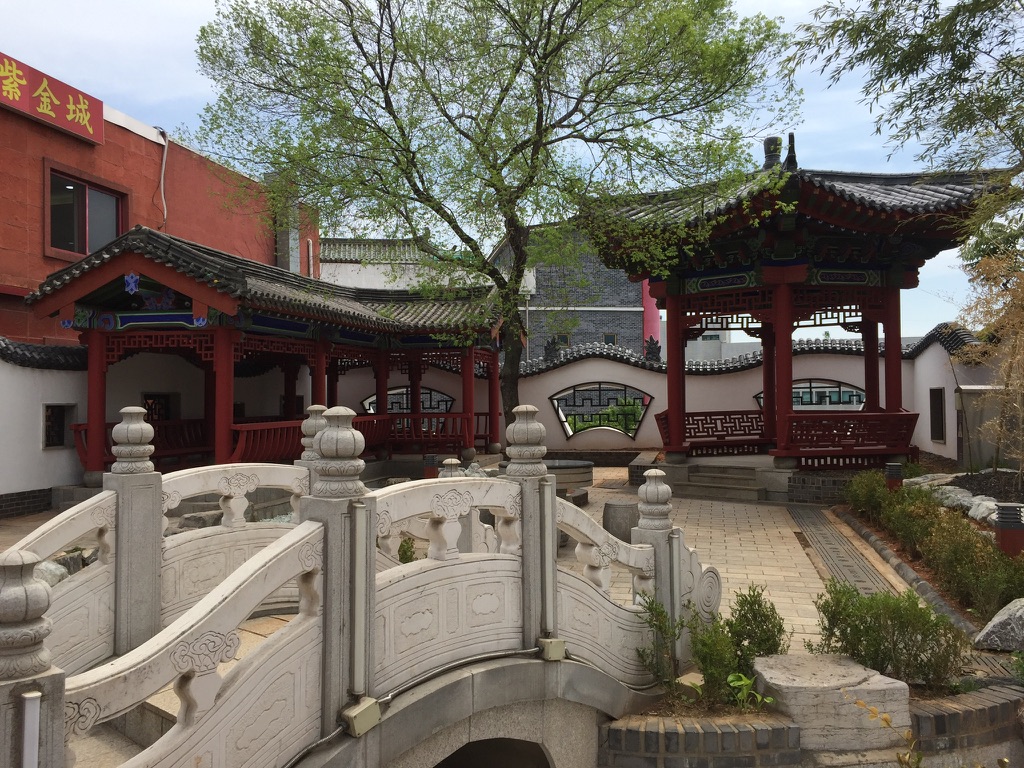
You will also find Japanese settlements in the Open Port Area which contrast starkly with the Chinese architectural style. This area is a fine representation of the Japanese colonial period with its modern at the time buildings that currently operate as museums and galleries. Although many facilities were destroyed during the Korean War, some of them remain intact today, such as the 1st Bank of Japan’s Incheon branch and the Jung-gu Office formerly used by the Japanese consulate.

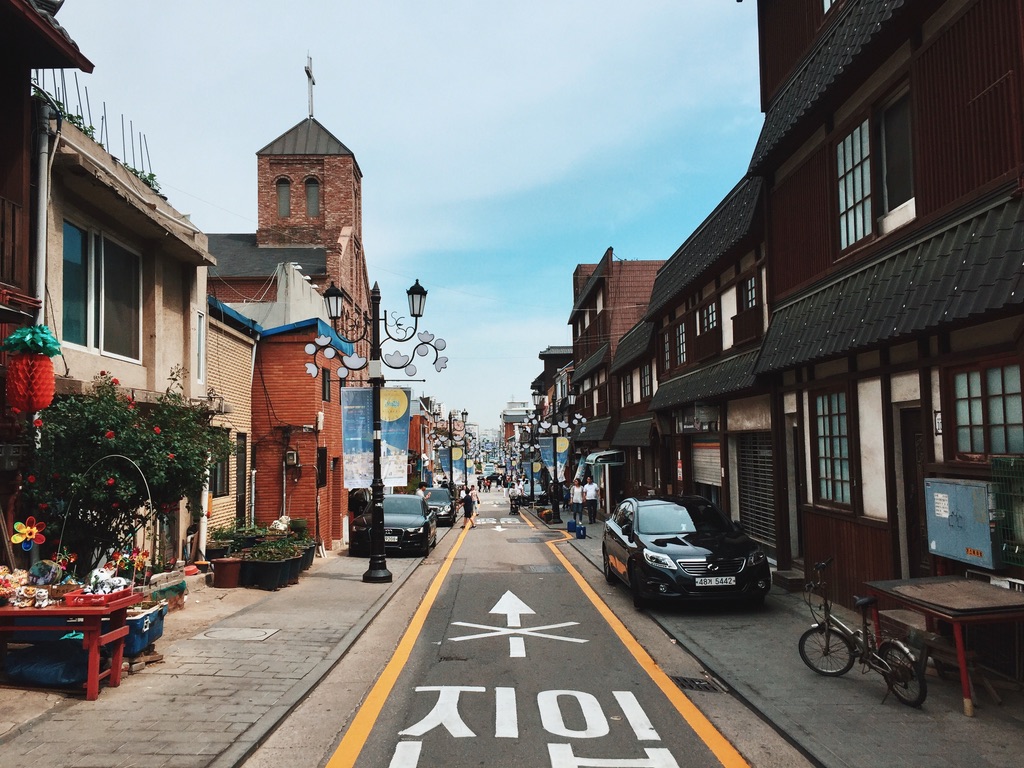
What to eat there?
Chinatown is all about jjajangmyeon, the traditional black soy bean noodles made and adapted to the local market by Chinese immigrants in South Korea. It is commonly believed that jjajangmyeon was originated in Incheon’s Chinatown and became a part of the classic Korean cuisine afterwards. In fact, there’s even Jjajangmyeon museum where you can learn about this very dish in a greater detail. The bottom line is – you must try the black bean noodles once in Chinatown.
Jjajangmyeon Museum Operating hours: 9am ~ 6pm
Entrance Fee: 1,000 won
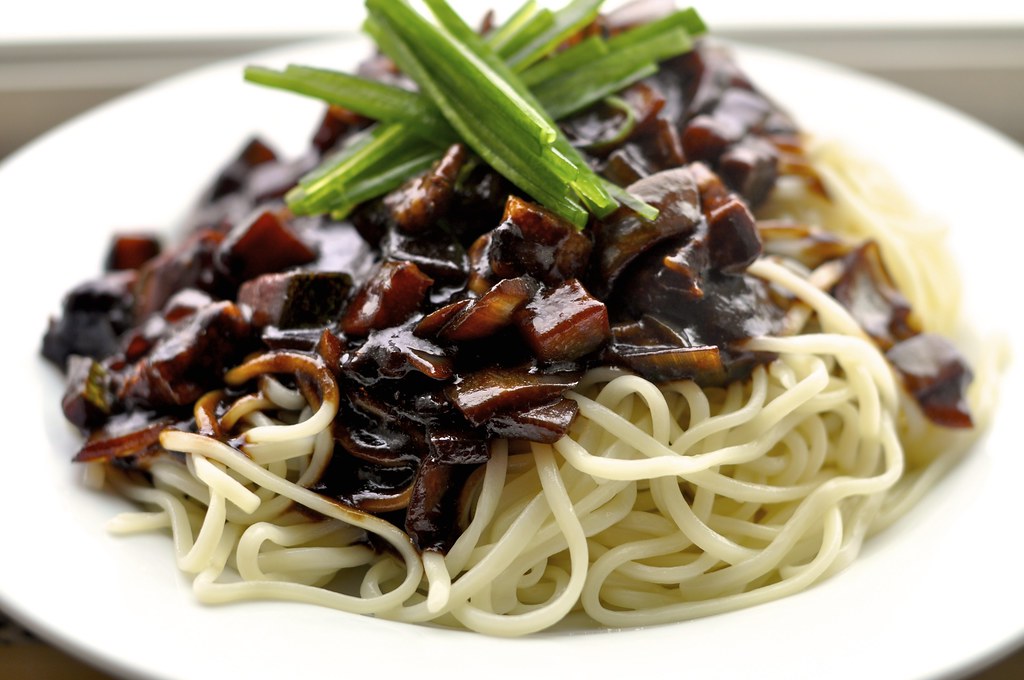
by powerplantop
We in particular recommend you not overlook the wide range of street food you can find exclusively in Chinatown and nowhere else in Korea. For example, you can try freshly squeezed bamboo juice, as well as the moon pie, a traditional snack with different fillings to everyone’s taste. You will be blown away by the broad variety of food from the multiple stalls!
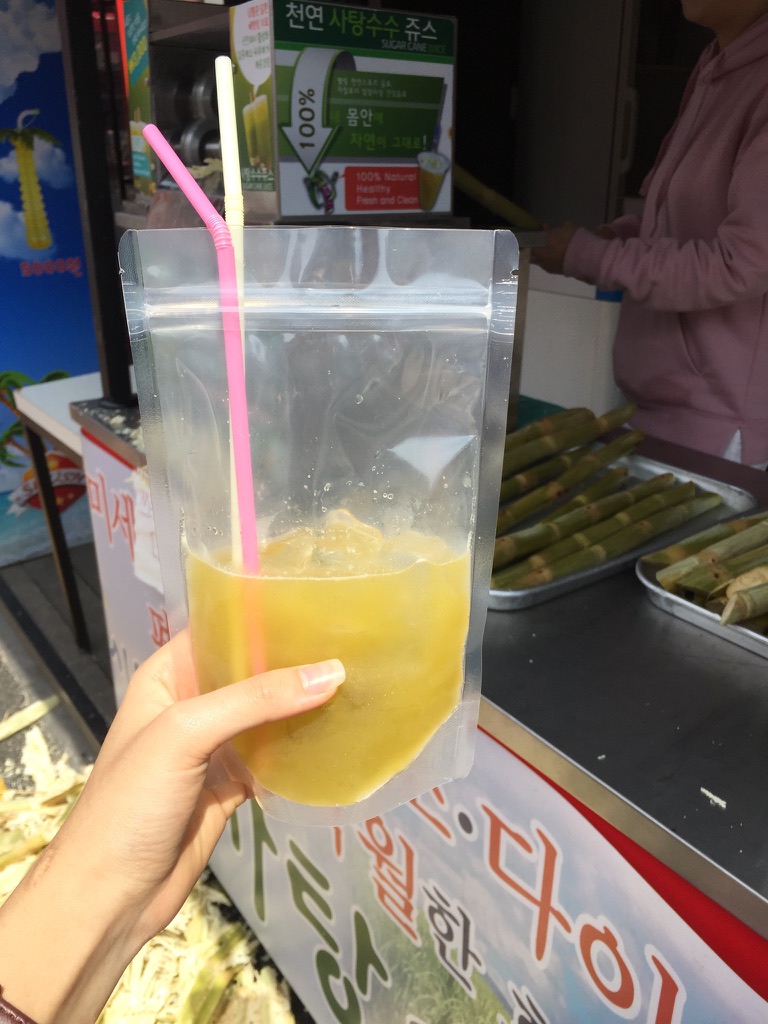

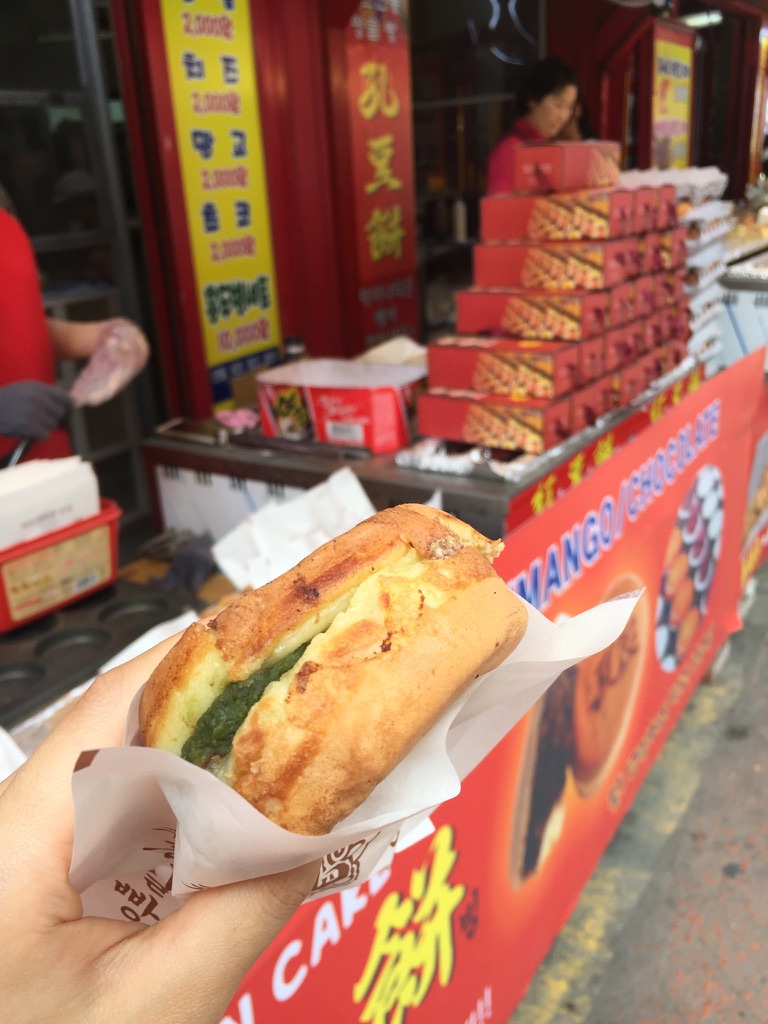
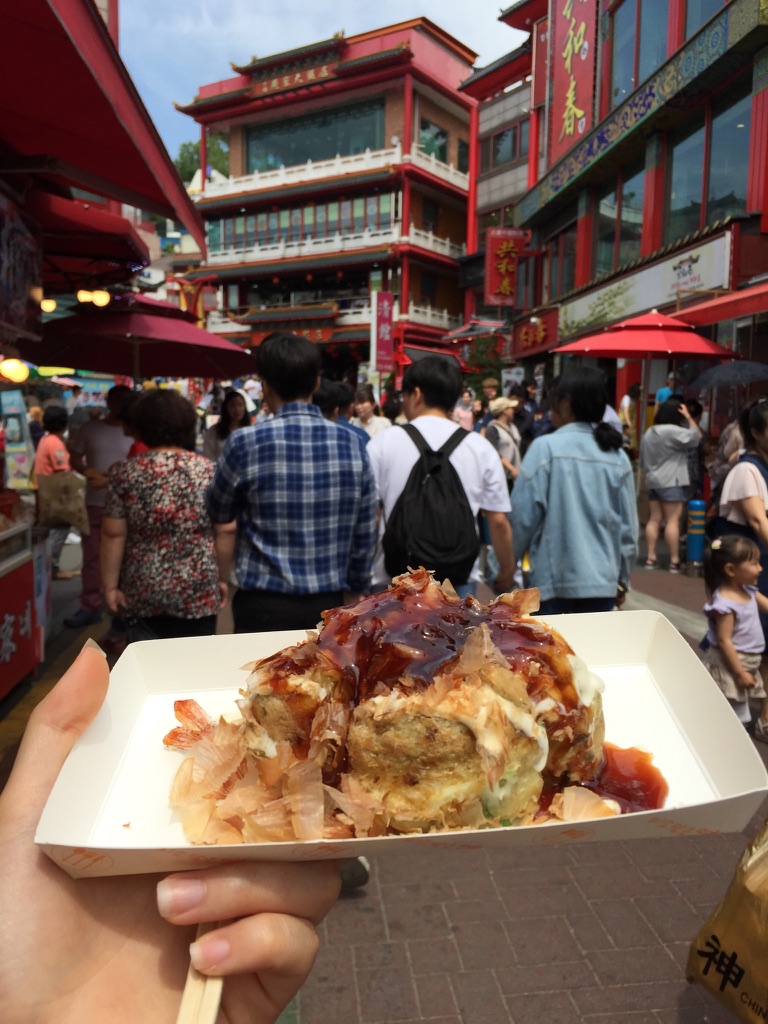
After sightseeing in Chinatown while exploring the historical places, let’s now head to Wolmido Island!
Wolmido Island: how to get there?
From Incheon Station exit 1:
Take local bus 2, 10, 23 and hop off at Wolmido City Tour Stop. You can also take bus 45 and get off at Wolmi Theme Park/Wolmi Culture Street Stop or by Taxi (10 mins). You can also take a taxi which will be about 7,000 won give or take.
Address:
36, Wolmimunhwa-ro, Jung-gu, Incheon
What to do there?
At Wolmido Island one can enjoy a beautiful seascape which is why we strongly advise visiting here in the late afternoon to catch the sunset. You can take a walk along the shore and drop in one of the shops and restaurants that serve delicious seafood. If you are lucky, you also may happen to witness a concert as well, which takes place regularly.
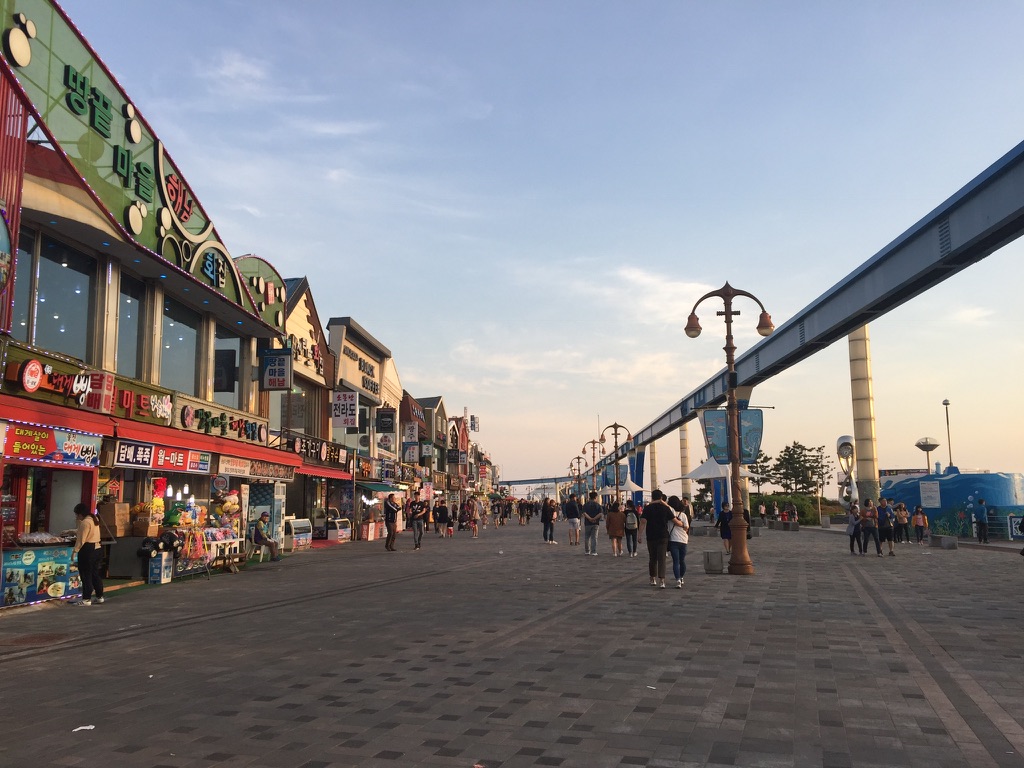
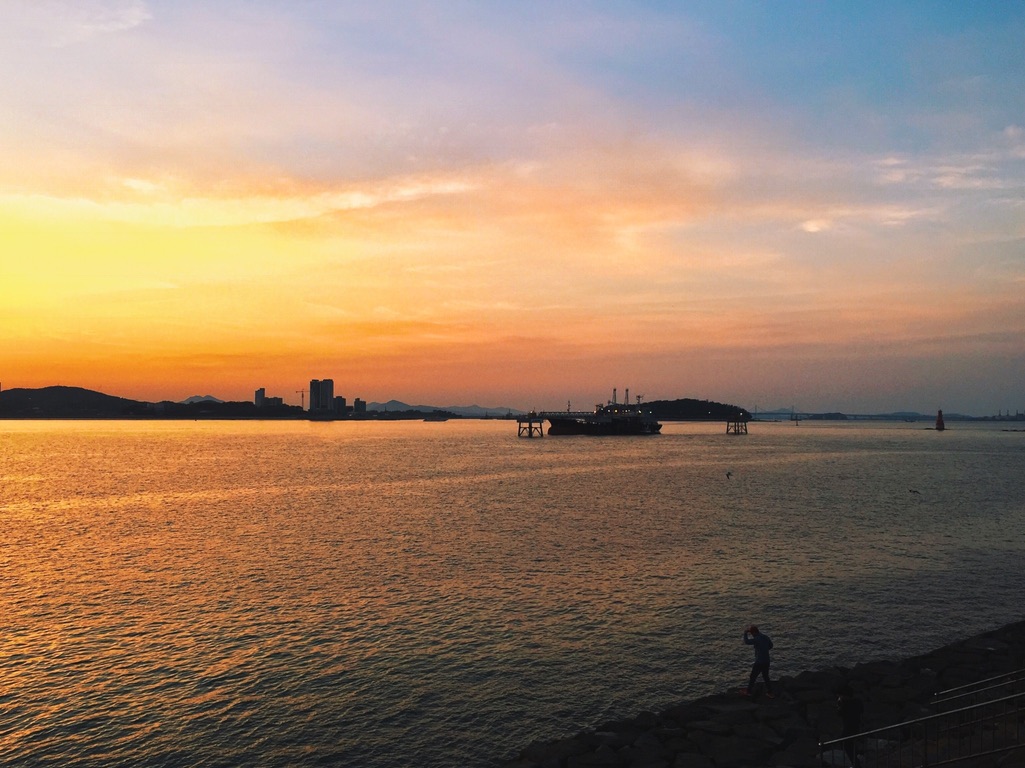
Wolmi Theme Park
For thrill-seekers there is an amusement park Wolmi Theme Park which has also been featured in different Korean reality shows such as ‘Running Man’, ‘Two Days and One Night’, and ‘We Got Married’. The most popular ride is undoubtedly the Viking Ship which is the main purpose of visit for many.
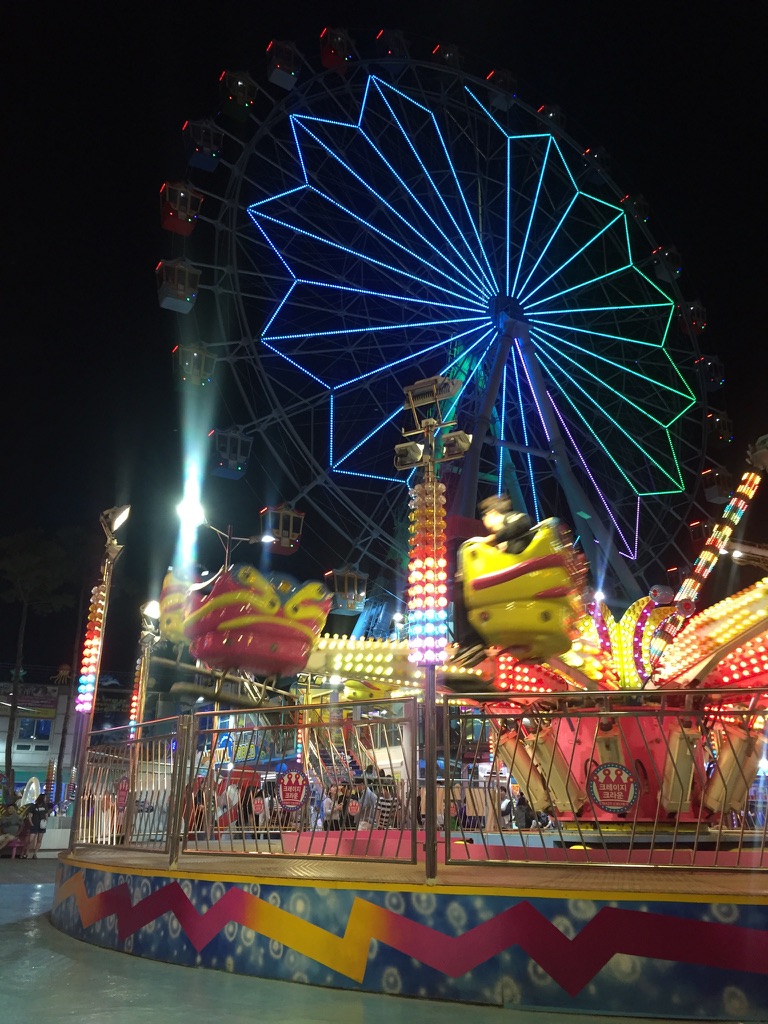
Fees for the most popular rides:
Disco Pang Pang – 5,500 won
Viking – 4,000 for children, 5,000 won for adults
VR experience – 5,000 won
Operating hours:
Weekdays: 10:00-22:00 / Weekends & National Holidays: 10:00-24:00


